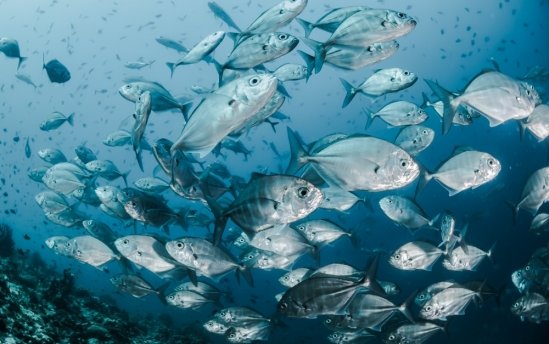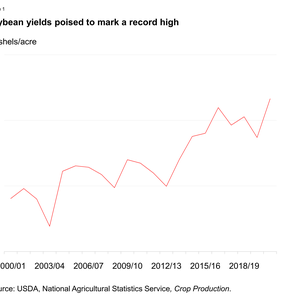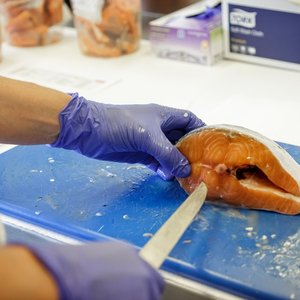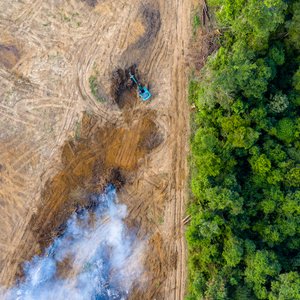Global food demand is rising and serious questions remain about whether supply can increase sustainably. Land-based expansion is possible, but may exacerbate climate change and biodiversity loss and compromise the delivery of other ecosystem services. Food from the sea is poised to contribute significantly to global food and nutrition security in the future. In a new article published in Nature, a team of international researchers found that with policy reforms and technological innovation, the production of food from the sea can increase substantially, potentially supplying 12-25% of the increase in demand for meat products by 2050. The research was developed thanks to a Blue Paper commissioned by the High Level Panel for a Sustainable Ocean Economy entitled "The Future of Food from the Sea" and covers economics, biology, ecology, nutrition, fisheries and mariculture.
The investigation points out that food production from all three seafood sectors (wild fisheries, finfish mariculture and bivalve mariculture) can increase substantially, with the most pronounced gains coming from mariculture. Therefore, the sea can be a much larger contributor to sustainable food production. However, although the ocean could supply over six times more food than it does today (364 million metric tons of animal protein), the demand shift required to engage that level of supply is unlikely. There are also important technological challenges and feasible policy reforms to improve fisheries management. The study puts the oceans at the core of the solutions needed for meeting global meat demand in a sustainable way, and illuminates the ways forward to a more nutritious, less environmental damaging food source.
Farmed seafood stands to see an even greater increase in food production if done in balance with nature. Some places with unsustainable mariculture would have to be scaled back, possibly rehabilitated, and other areas encouraged to develop sustainable seafood farms. With innovations that reduce mariculture's dependency on fish-based feed and effective policies that can lower the barriers to initiating environmentally friendly mariculture operations, farmed fish and shellfish production can increase dramatically.
“More rapid alternative feed adoption and efficiency improvements in aquaculture will be key for scaling sustainable marine production,” said Halley Froehlich, an assistant professor in UC Santa Barbara’s Department of Ecology, Evolution, & Marine Biology and Environmental Studies and also a co-author on the study. While sustainable supply could increase by more than six-fold, when both supply and demand are considered, she added, the likely increase in mariculture is between two to four times, depending on future demand.
Read the article here.










